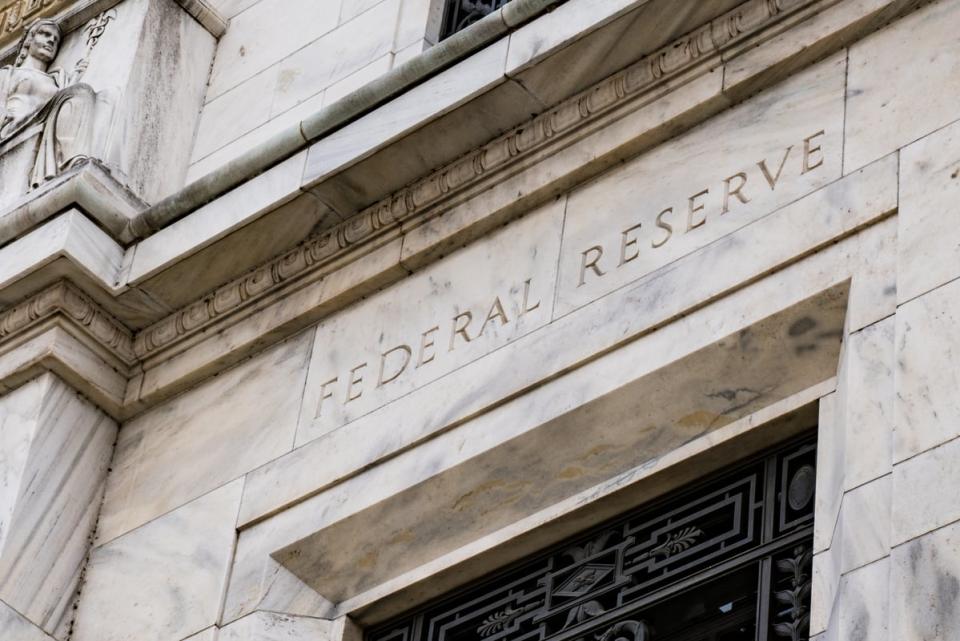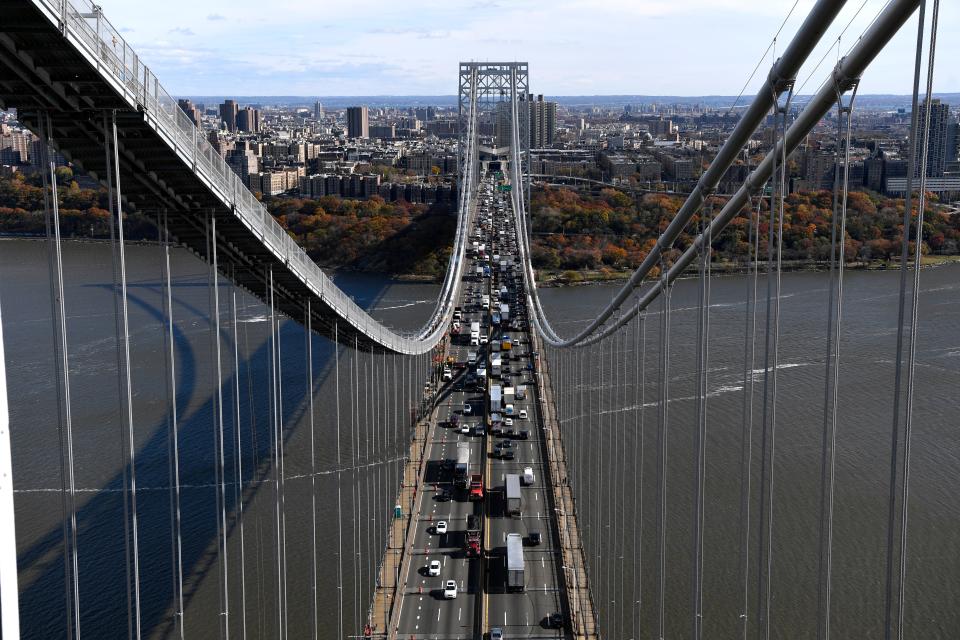The biggest battery in Duke Energy’s fleet can now store and produce even more energy.
After five years and a $209 million investment, the Bad Creek Pumped Hydro facility finished a series of upgrades that will help keep the lights on for 1.3 million households across the Carolinas.
The hydroelectric facility works like any other. When it’s generating power, water flows from the Bad Creek reservoir, through the powerhouse into Lake Jocassee, about 1,200 feet below it. The biggest difference is that the water also flows back up.
SPECIAL SECTION: Channel 9 Climate Stories
When energy demand is low and supply is high, the Bad Creek facility uses that excess power to power four pump turbines that push the water back into Bad Creek. Then, when power demand returns, the process runs in reverse. Water flows back down again and the same system that pumps becomes a generator. Its turbines turn the opposite direction and produce power as the water flows back into Lake Jocassee.
In 2019, Duke Energy started undergoing upgrades on the four pump turbines to make the process more efficient. At the beginning of the process, each pump had the capacity to generate 340MW of power, roughly equivalent to a 2,500-acre solar farm. With technological upgrades to the equipment, now each of the units can produce 420MW of power.
“We essentially added a new pump in the aggregate,” said Preston Pierce, Duke’s general manager of hydro.
Ben Williamson, a Duke Energy spokesman, said the new storage capacity will be much needed as the utility looks to dramatically increase its power output as energy demand skyrockets, all while meeting North Carolina climate goals.
“This was a big accomplishment and real important and just a piece of the puzzle to help meet customer need,” he said.
Duke must reach net-zero power generation by 2050 and is supposed to reach 70% carbon reduction by 2030. Under the utility’s current plan, Duke will not reach that benchmark until 2035.
ALSO READ: A look inside Bad Creek Pumped Hydro, the biggest battery in the Carolinas
The utility says it needs time to get more carbon-free generation resources online such as offshore wind and new nuclear, both of which take years to permit and build. In the meantime, though, Duke Energy plans to meet the demand with new natural gas plants and thousands of MW of solar.
The plan also includes a provision to build “Bad Creek II,” a second powerhouse at the hydro-electric facility. The project would cost an estimated $5 billion and if construction starts in 2027, it would come online in 2033.
“That would essentially double the storage capacity right now that we have,” Williamson said.
Williamson said that will only become more and more necessary to stabilize a grid that will increasingly rely on renewables. Solar, by nature, provides power intermittently, and when the sun goes down at the end of the day, the utility has to switch to alternatives like battery storage to make up the gap.
Right now, grid batteries can only store enough power to supply four hours’ worth of energy. With these upgrades, Bad Creek can generate 12 hours of power. Williamson said it would take 3,600 acres of grid batteries to match that storage capacity.
“This asset has proven itself now for over 30 years,” he said.
The company is already exploring its options and the impacts of an expansion, but Williamson said if the plan moves forward, Duke would apply for federal approval next year.
(WATCH BELOW: A look inside Bad Creek Pumped Hydro, the biggest battery in the Carolinas)
Signup bonus from




